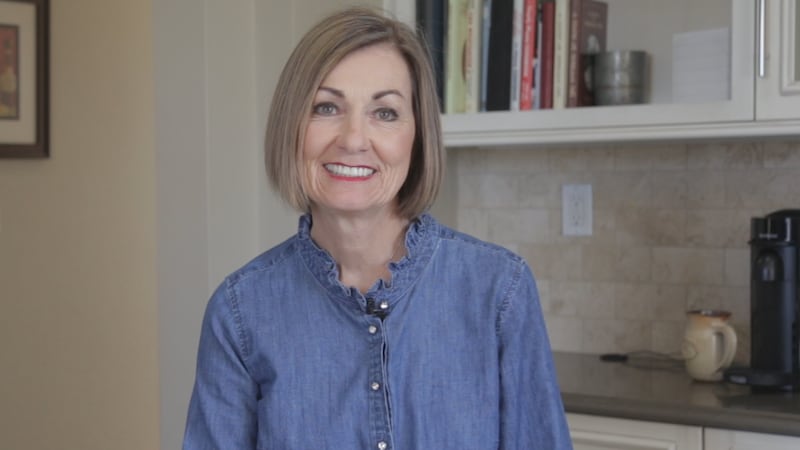Why do online Iowa high school students graduate at lower rates than their in-person classmates?
GUTTENBERG, Iowa (KCRG) - All 42 senior students in the Clayton Ridge High School class of 2024 graduated, but state data paints a different picture.
Data from the Iowa Department of Education shows the Clayton Ridge Community School District’s four-year graduation rate is 63%—126 of 200 students. The data, released Monday, shows Iowa’s four-year graduation rate increased by .8% points, reaching 88.3% for the graduating class of 2024.
Clayton Ridge Community School District Superintendent Shane Wahls points to the Iowa Virtual Academy, a full-time online public school for kindergarten through 12th grade students.
Wahls says his staff teaches 1,832 K-12 students through the virtual academy, which accepts students from across the state. He notes the district sees many students enrolling late into high school behind on their credits.
“Their thought process might be that, ‘Okay, if I do this online, I can get caught up and get through faster,’” says Wahls, who explains that’s not always possible. “Then, they don’t stay with the program and the dropout rate affects our district versus the home resident district.”
Iowa Virtual Academy Executive Director Steve Hoff says the quality of education provided through the online school doesn’t always correlate with graduation rates.
“Graduation rates is always an unfair thing when you compare a four-year traditional, brick and mortar graduation rates to that of a virtual school,” says Hoff. “This year, we have about 200 senior-aged students. Of the 200, about 45% are first-year students with us, so we can’t control what they come to us with credits.”
Hoff is pleased with how students progress at Iowa Virtual Academy.
“Students that remain with us see good growth. For instance, of the 202 senior-aged students this year, 39 of them have been with us for over four years. Of that 39, only four of them are credit deficient, so when they’re with us, they’re making gains,” explains Hoff.
Wahls says connecting with students online can be challenging because “it’s not standing in front of them in the classroom, face-to-face.”
Despite the barrier of the computer screen, Wahls says his staff is trying to more effectively connect with the virtual students.
“Daily contact with students on the behalf of teachers and counselors to develop relationships,” notes Wahls. “That’s what we do in brick and mortar schools, so it’s the same things. It just looks differently.”
Dubuque Community School District Executive Director of Secondary Education Mark Burns says keeping kids in school is a key reason why its high school graduation rates are lagging behind the state average.
The four-year graduation rate for Dubuque’s public schools is 82.3%. Burns says chronic absenteeism, defined as when a student misses 10% or more of the school year, is “definitely” a factor.
20% of Dubuque students were chronically absent in the first half of the 2024-25 school year. Burns says missing excess schooling makes it easier for students to fall behind, which is why the district is working with Dubuque’s teachers to make assignments more accessible.
“It’s the little things that we do every day,” says Burns. “It’s that consistency that we need to have in order for our students to be successful and enter the international workforce.”
Burns says a study at Dubuque-Hempstead High School found students who are at school at least 90% pass their classes 98% of the time. He indicates graduation is a “13-year journey” that requires teachers to be proactive to support every student.
Copyright 2025 KCRG. All rights reserved.















